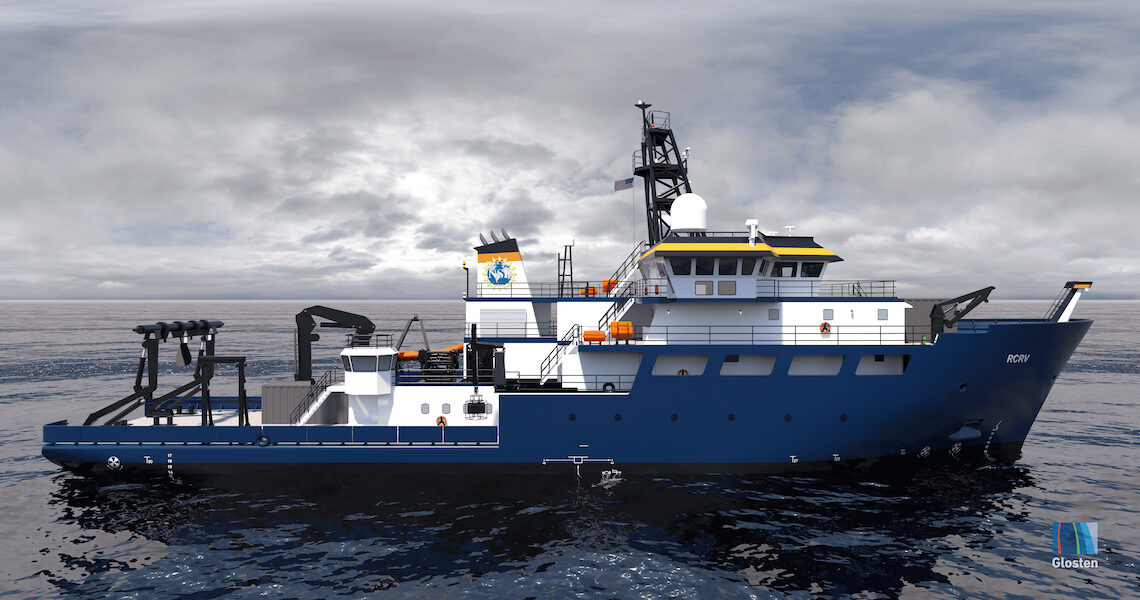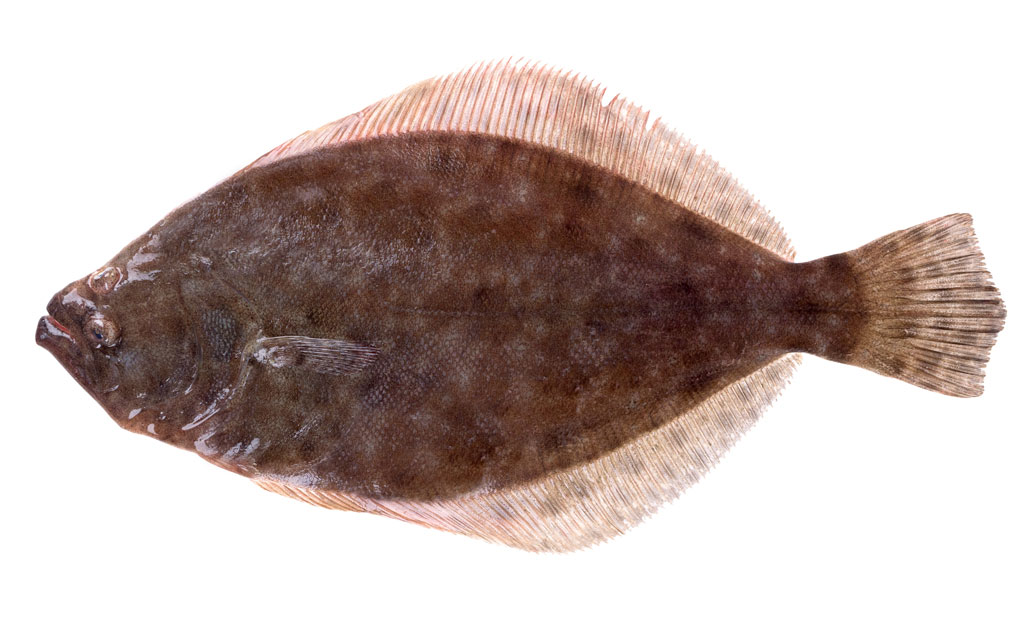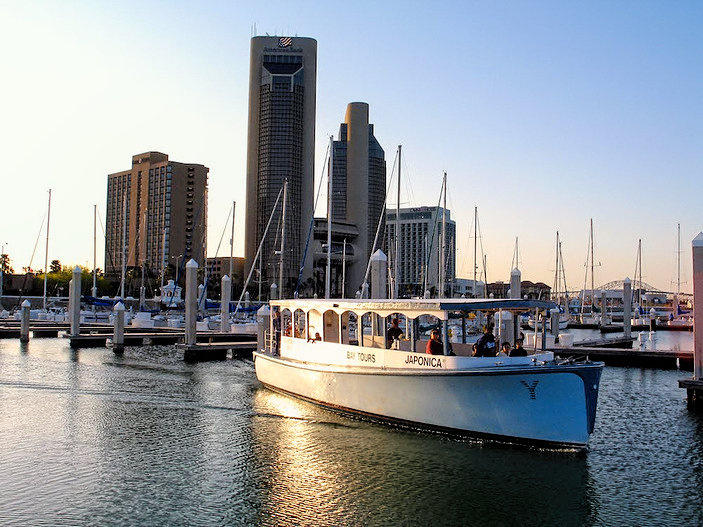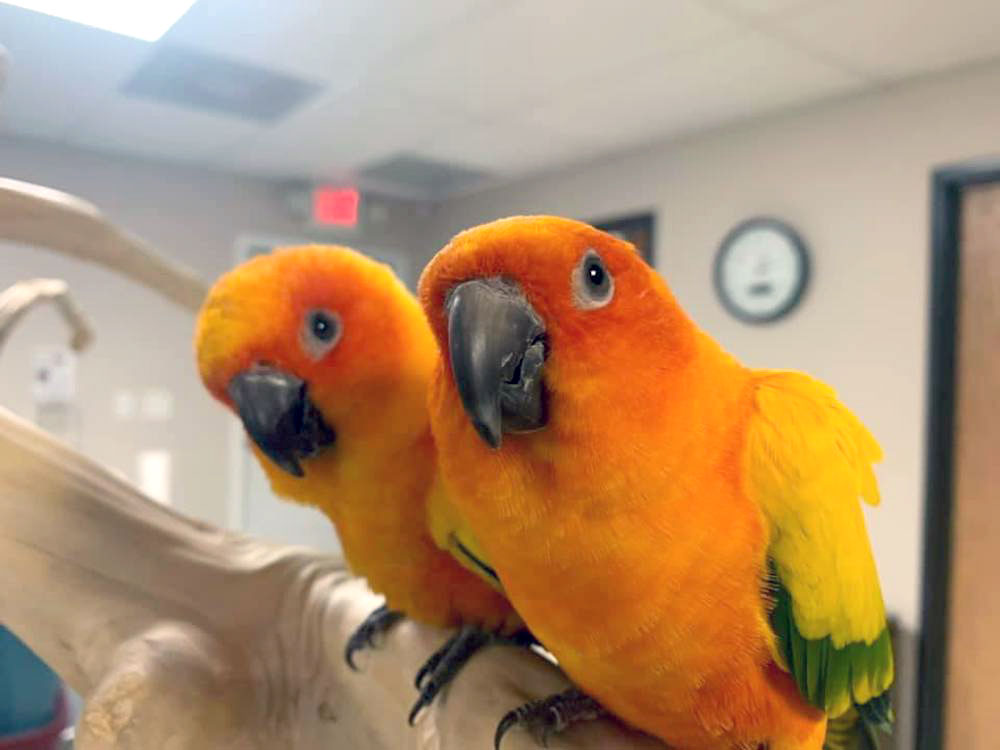
An artist’s rendering of the 199-foot Regional Class Research Vessel soon to be built for use by students at Texas A&M University-Corpus Christi, the University of Texas Marine Science Institute, and 13 other Gulf of Mexico-based organizations. Courtesy photo
A pricey sea laboratory soon will be under construction for students at Texas A&M University-Corpus Christi, the University of Texas Marine Science Institute, and 13 other oceanographic institutions for far-reaching research expeditions. The $100 million state-of-the-art research ship, which will be delivered and ready for use in 2023, is only the third of its kind available for university research. Neither of the two currently operating ships are in the Gulf of Mexico, where this new ship will be based.
The Regional Class Research Vessel, which will measure in at 199 feet, will be paid for by the National Science Foundation. It will be capable of taking a crew of 13 with space for six scientists and their equipment on 21-day voyages that can cover as many as 5,400 nautical miles.
Research topics will include sediment, atmosphere, and water column studies; geochemical, geologic, and geophysical projects; remote sensing research; and microbial studies. The ship will provide unique and exciting research opportunities for students, said Dr. Richard Coffin, chair of the Department of Physical & Environmental Sciences in the College of Science and Engineering at Texas A&M-Corpus Christi.
“I look at all the hungry students that we have in our classes who would love to be a part of something like this,” Coffin said. “When this new research vessel is ready, there will be several times each year that we will be able to get students out on this kind of thing. It also sets a new stage for our graduate students. It’s going to be able to get them out on their dissertations and master’s theses to conduct their research activities.”
The number of available ships for this type of research are limited, Coffin continued, and the competition to schedule the few available ships is fierce. The new ship will allow for longer periods of time on the water and will be big enough for different disciplines to conduct research at the same time.
The ship will embark from the Port of Gulfport in Gulfport, Mississippi. Another homeport will be established in Louisiana.
Other consortium members include:
- Centro de Investigación Científica y de Educación Superior de Ensenada, Mexico.
- Dauphin Island Sea Lab
- Florida State University
- Harbor Branch Oceanographic Institute of Florida Atlantic University
- Lamar University
- Louisiana State University
- Texas A&M University at Galveston
- Tulane University
- University of Georgia
- University of Miami
- University of Puerto Rico
- University of South Florida
- University of the Virgin Islands





